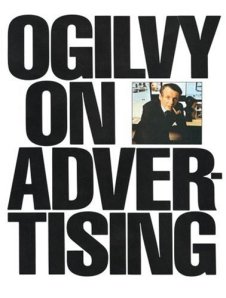by Freddy J. Nager, MAOM Associate Faculty & Entrepreneurial Advisor
In a business plan the “exit strategy” describes how the entrepreneur intends to unload her business in, say, five to ten years. Common options include going public on the stock market or selling the business to someone else.
Even if you want to run your business for life, you’ll have difficulty attracting financing if you don’t cite an exit strategy, since the investors aren’t giving you their money out of benevolence — they want returns (and many happy ones at that).
So you do what you have to do to appease the finance gods. (Though considering what’s happened on Wall Street over the past few years, should we still be doing their bidding?) After all, there’s no harm in saying you’ll pull an IPO or sell your company to Google in the distant future — right?
Except that your investors will likely hold you to it.
Now, even investors know that long-term projections in a business plan are nearly as fictitious as the term “affordable housing.” Plans often change. The problem arises when a single-minded obsession with an exit strategy overrides all commitment to building a profitable business.
As depicted in my satirical article, Lemons 2.0: If Everything were Run like a Dotcom, many Silicon Valley entrepreneurs forgot the other integral part of their business plan called “the revenue model.” I knew one company that was so eager to get bought out, they launched a publicity campaign even before their product was even finished.
From Feast to Famine
These entrepreneurs all salivated like pitbulls in a sausage factory when Google bought YouTube for $1.65 billion before the video site even turned a profit. Consequently, hundreds of start-ups launched with no realistic revenue model but, rather, an eye on having some mega-corporation snap them up.
Then the recession struck all this corporate matrimony like a bucket of cold water, and some of those mega-corps started looking for saviors of their own. Yahoops. Consequently, many of those exit-oriented start-ups beceme bottom-ups, landing in the TechCrunch Deadpool, with most people not knowing they ever existed.
Consider these links that Wikipedia provides for “Exit Strategy”:
Surrender
Withdrawal
Iraq Study Group Report
Pyrrhic victory
No-win situation
Total U.S. Withdrawal in the Vietnam War
Not exactly inspiring, huh?
An Alternative To Investors And Exit Plans
SRC Holdings, an American manufacturing conglomerate, emphasizes profitability, thinks through all contingencies, and has never laid a single employee off. The Inc. magazine interview with SRC CEO Jack Stack is a must-read for entrepreneurs who are serious about running a business. You won’t find any obsession with exit strategies here — indeed, the company remains privately held after 26 years, with ownership firmly in the hands of its employees.
The Verdict
So should you have an exit strategy? Yes, if you invade another country or enter a PhD program.
If you absolutely need to entice and appease investors, then put an exit strategy in your business plan; but before buying your first Aeron chair, engrave these words into the front door of your spanking new office:
“To have and to hold, from this day forward, for better for worse, for richer for poorer, in sickness and in health, to love and to cherish, till death do us part.”
Keep repeating these words to yourself and to all your partners and employees. Sure, marriage vows may not hold a lot of weight in these here parts, but they’ll at least have you thinking in the right direction — and not towards the nearest escape.
Guest Blogger Freddy J. Nager teaches courses in social media, entrepreneurship and marketing at AULA. The founder of agency Atomic Tango LLC, Freddy has over two decades of professional experience in marketing and media, including 17 online. He previously worked for music label MCA Records and major ad agency Saatchi & Saatchi, and served such clients as Nissan & Infiniti, the NFL on Fox, Royal Caribbean Cruise Lines, National Lampoon and numerous startups. He holds a BA from Harvard University and an MBA from the University of Southern California







